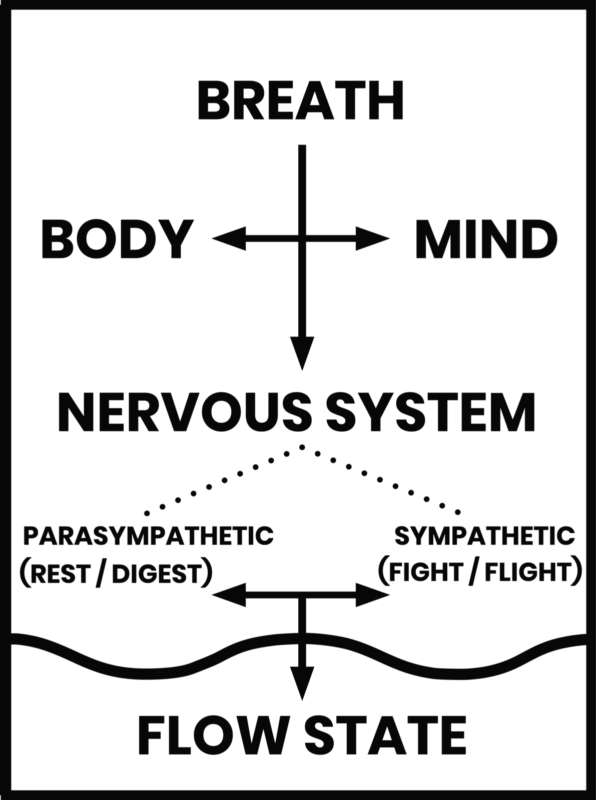
Resilience is the term used for the ability to recover quickly from negative events or consequences. Our body is remarkably resilient on its own, if we effectively manage stress.
Transform Stress to Resilience
When we say something or someone is resilient, we are commenting (or complementing) on the ability to withstand adversity and maintain strong – solid as a rock.
You, too, have the ability to become resilient. It is already programmed in your body – you just have to find the right tools to ward off stress and allow your body to heal, recover and flourish.
Stress as antithesis of resilience
There are two forms of stress: acute stress and chronic stress.
Acute stress triggers the ‘Fight or Flight’ response, but does not necessarily have to be negative. Sometimes a little stress is needed to get you to act. For instance, by setting a deadline to complete a project, you are more likely to work harder to finish it. Another way of looking at acute stress is as a challenge.
Chronic stress, on the other hand, is structural and can have long-term negative effects on your health. Your ‘Fight or Flight’ response is activated almost at all times, limiting the time spent in the ‘Rest and Digest’ mode and your body’s ability to heal itself.
De-stress from modern day life
In modern life, chronic stress is becoming a bigger and bigger problem. Unreasonable demands, increasing responsibilities, instant access to worldwide news and being fearful of the future are just a few examples that can cause chronic stress.
While we may not be able to switch jobs on the fly, lose responsibilities or change the world, we can change our perception and free our mind of negative thoughts and vibes.
Our breath is a wonderful tool to achieve this as our lungs are in direct connection to our brain and heart through the Vagus nerve. Breathing and visualization exercises can be utilized to calm the mind and nervous system.
Another way to increase your resilience is through breath holding. Breathing is the most natural reflex in your body. To hold your breath, is to oppose the very essence of life itself. If you can teach yourself to become comfortable with overcoming the urge to breathe, you can become comfortable with other stressful situations as well.
The Breatheology Method utilizes breathing and breath holding in order to reduce chronic stress and build resilience.

Breath is the key in transforming stress to resilience
Conscious breathing offers an immediate biological tool to regulate our emotions and clear our mind. The Breatheology Method offers a wide range of breathing and breath holding techniques that allow you to activate the ‘Rest and Digest’ part of the nervous system and build resilience towards chronic stress in the future.
LEARN TO TRANSFORM STRESS TO RESILIENCE WITH THE BREATHEOLOGY METHOD
Learn the biological tools that are available in your body through your breath and mind to activate the ‘Rest and Digest’ system at will and calm the nervous system. Vanquish chronic stress and build resilience towards feeling overwhelmed through breath holding. The Fundamentals course teaches you how to breathe consciously and hold your breath step-by-step. Thousands of people have finished the course and said goodbye to the negative results of chronic stress.
Join Free Mini-Class Start the FundamentalsThe Breatheology Method
We benefit our clients by understanding who they are as individuals and their unique needs. Our mission is to serve the global community by helping them become healthy and better in all aspects of being.
To achieve our mission, our method consists of three profiles: Optimized Performance, Strengthen Health and Improve Resilience.
By assessing our clients across these profiles we get a strong picture of their dynamic needs and goals. The benefits from our Method are derived when we choose the right tool for the right person at the right time.
This allows us to work with a variety of breathing modalities to help align the mind and body and begin to “rewire” and manage the Autonomic Nervous System to move the client in a positive direction eventually bringing them to a “Flow State”.
